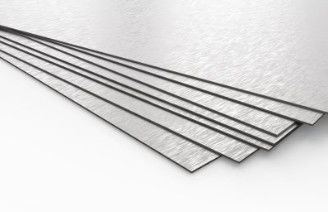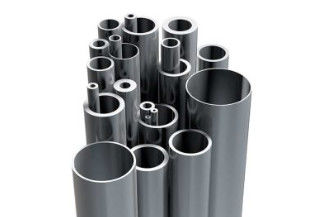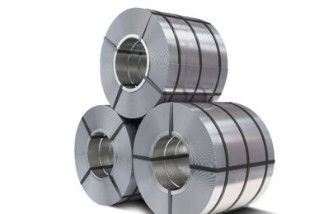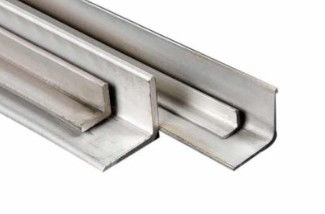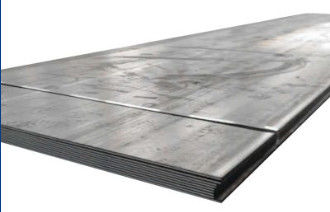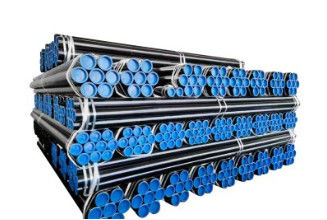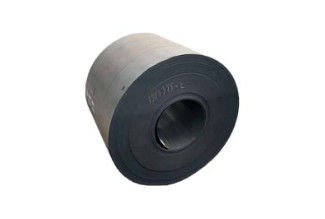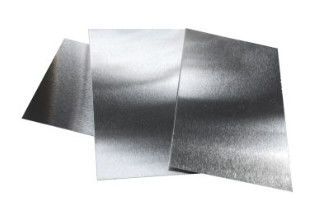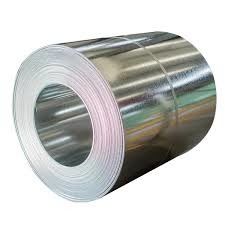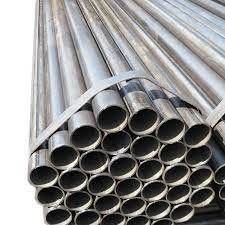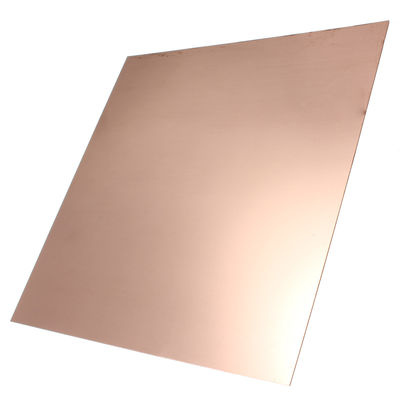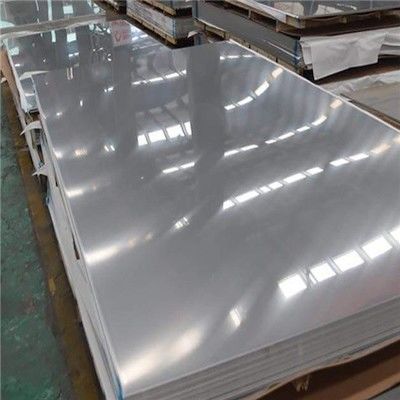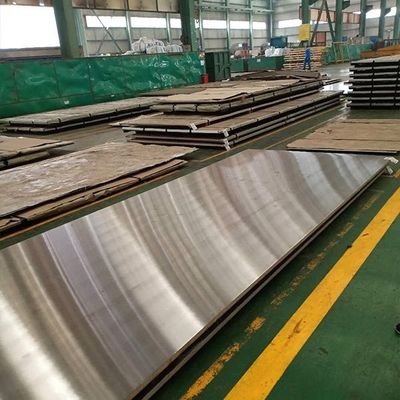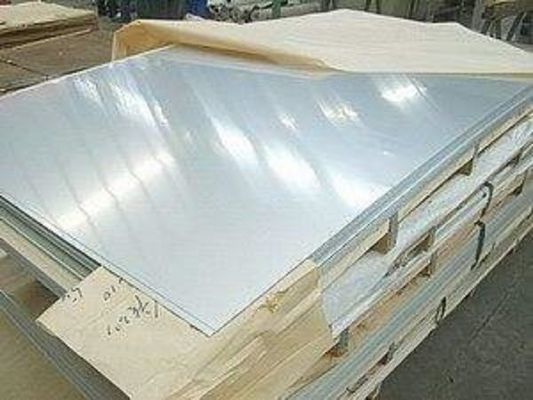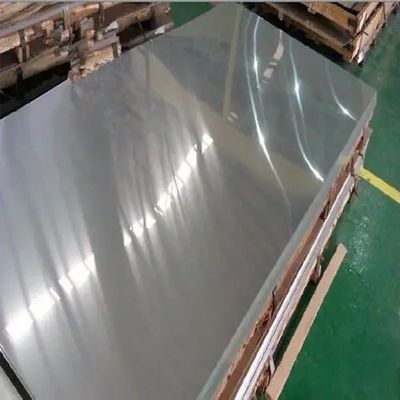Material:
304 Stainless Steel
Grade:
304 (Austenitic)
Thickness:
3mm
Dimensions:
Customizable (length And Width As Per Customer Requirements)
Strength:
High Tensile And Yield Strength, Providing Durability In Demanding Applications
Weldability:
Excellent, Can Be Easily Welded Using Common Techniques
Formability:
Good, Suitable For Bending, Cutting, And Shaping
Package:
Standard Packing
Temperature Resistance:
Up To 870°C In Continuous Service And 925°C In Intermittent Service
Price Term:
EXW, Fob, CFR, CIF, Etc.
Applications:
Used In Industrial Sectors Like Chemical Processing, Food Processing, Water Treatment, And Construction
Invoicing:
By Theoretical Weight
Certification:
Meets ASTM A240, EN 10088-2 Standards
Production Capacity:
30000 Tons Per Month
Special Features:
Non-magnetic In Annealed Condition, Recyclable, And Environmentally Friendly
Origin:
Jiangsu, China
Product Type:
Metal Plates
Heat Resistance:
High
Highlight:
3mm Thickness Stainless Steel Sheet
, Industrial Corrosion Resistant Stainless Steel Sheet
, 304 Grade Stainless Steel Sheet

 Your message must be between 20-3,000 characters!
Your message must be between 20-3,000 characters! Please check your E-mail!
Please check your E-mail!  Your message must be between 20-3,000 characters!
Your message must be between 20-3,000 characters! Please check your E-mail!
Please check your E-mail! 
